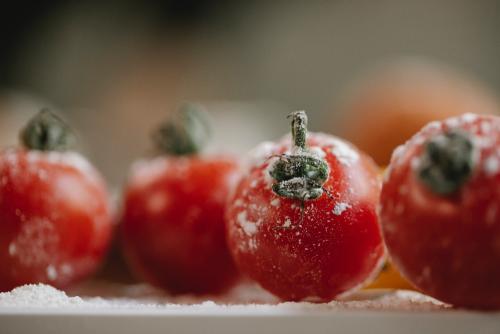The 3 Best Muscle Building Foods For Vegans

If you're already vegan or plan to go meat-free, you may be worried about getting enough protein. For those interested in weight-lifting and body-building, a focus on calories and fats, and protein is critical to have the energy to build muscle tissue.
Beans
One of the vegan diet for strength training is boosting your protein-dense foods intake, which means beans. This can include:
chickpeas
edamame
black beans
soybean products like TVP and tofu
Make sure you build a rotation of different beans to maintain great variety. Consider pairing your beans with an acid to bring out the type of flavors in the bean itself; black beans in a pasta salad can provide a nutty flavor when paired with a vinegar dressing. Chickpeas, once soaked and softened, can be fried for a quick snack.
Beans can also be paired with nuts for a protein and fat boost. Adding hummus to your weekly diet is a beautiful way to increase your chickpeas and sesame butter intake. Dip this delicious food with a whole grain tortilla or pita bread for a great snack, or use it as a spread on a veggie wrap.
Grains
Brown rice, whole wheat, quinoa, and amaranth are great ways to build a binding protein combined with the legumes you eat.
Consider adding a daily fortified whole-grain cereal to your eating routine. You can pair your cereal with a calcium and Vitamin D fortified nut or oat milk for a big nutrition boost.
Look for sprouted loaves of bread for your toast and sandwiches, and consider adding oats and fresh fruit to your snacking routine. If you're pressed for time, try cooking up brown rice in your crockpot and freezing it in one serving container, so you have it as a base for veggie stir fry on your busiest days.
Vegetables
Raw vegetables are an excellent addition to any diet. However, if you're working to build up muscle mass, you may need to replace raw veggies with cooked vegetables prepared with some extra fat. Raw greens, particularly the dark leafy greens, should make up most of your salad greens.
Once cooked, the fibrous walls of vegetables will take less room in your gut and digest more quickly. You will consume more calories provided by a diet high in cooked vegetables than a raw foods diet.
Keep a focus on complex carbs, including potatoes of all colors, squash baked with a brushing of olive oil, peas in the pod, and carrots. Consider chopping these veggies into a uniform size, tossing them in a bit of olive oil, and doing a quick stir fry for a high carb, high energy, and nutrient-rich side dish.
Good veggies can also help you to recover more quickly. Focus on cruciferous veggies, from cauliflower to cabbage to Brussel sprouts. Cabbage leaves make a great wrap, and cauliflower can be quickly fried up to bring out the sweetness of this versatile veggie.
Finally, make sure you keep some avocadoes in the kitchen. Boosting your healthy fats intake will be easier with fresh avocado to add to your sandwiches, wraps, salad dressings, and cracker dips.
Eating to build muscle is a very healthy way to go. Avoid the focus on a raw diet to increase your calorie intake without overloading your gut with roughage. Look for ways to change up the flavor of the beans you enjoy.
Post Your Ad Here
Comments